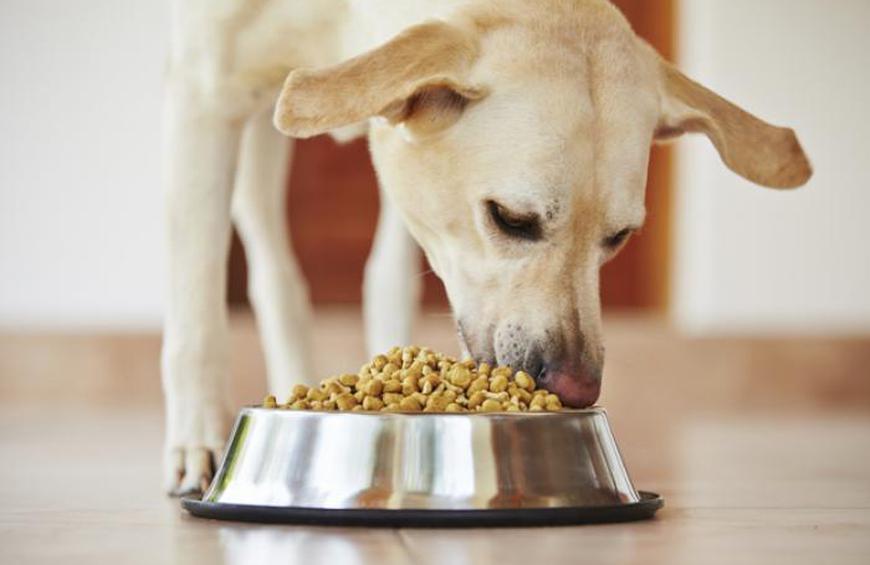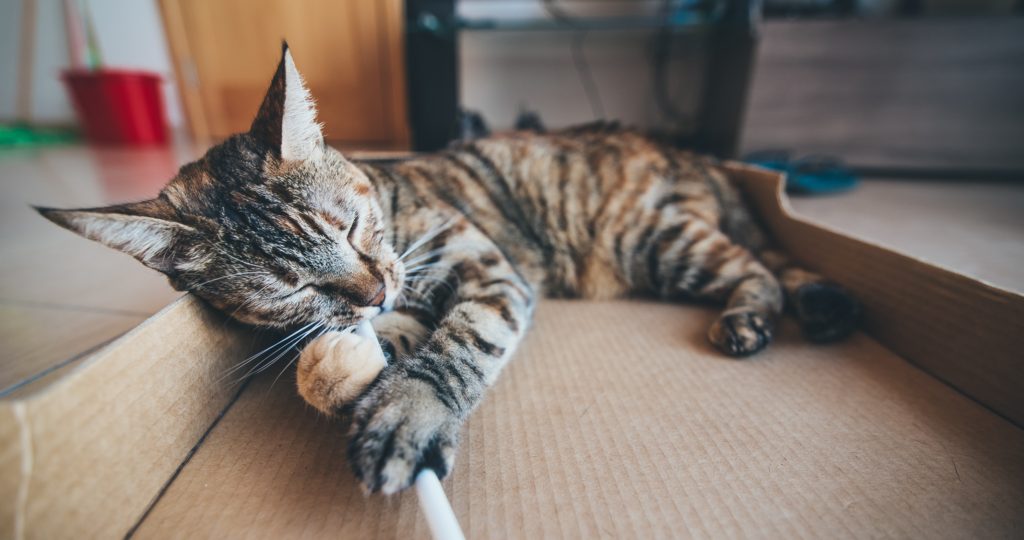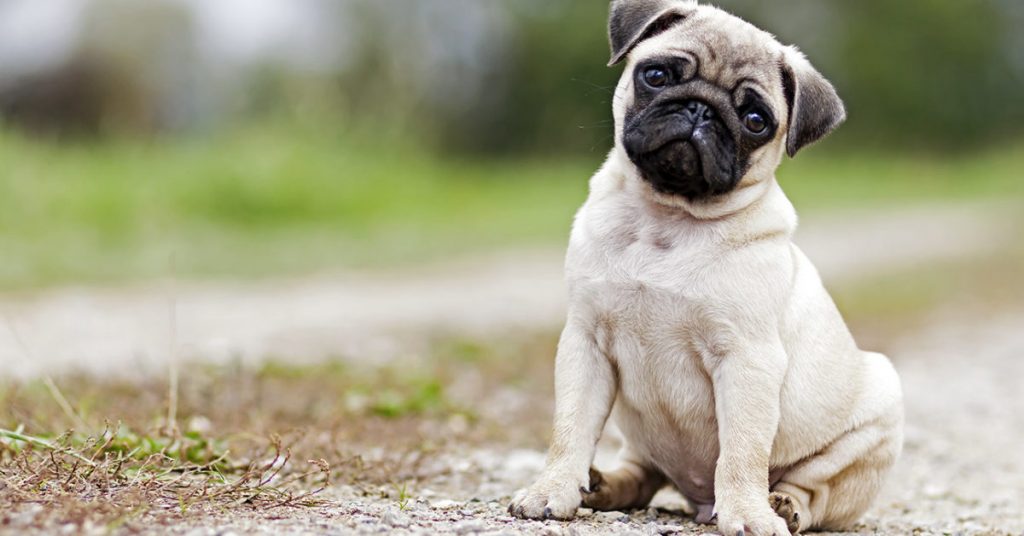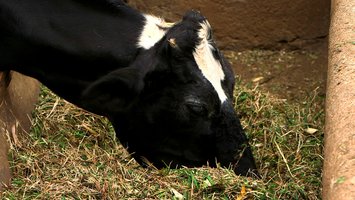Dog food protein is crucial for your dog. Dogs require more protein than people. Strangely, protein has not forever been the focal point of dog food. Wikipedia has a few models from the 1800s that show a dog food center around cheddar, milk, buttermilk, oats, grain dinner, potatoes and creature fat. Dog food has come an essentially lengthy way. Presently, dog food organizations are worried about dog food protein and the wide range of fixings are expected to think of a pet food item that matches the amino acids that a dog requires. These can all be synergized by utilizing different food mixes. Some vibe that since dogs are immediate relatives of wolves, that their protein necessity is 100% meat based. Another contention is that dogs are normally scroungers and will eat fundamentally anything, regardless of whether it is a protein.

Despite the fact that dogs are worked to take in something beyond meat, the meats that go into customary business dog food are something that ought to be completely understood. This subject is very expensive and we will give my all to address the significant focuses. There is an inconceivable abundance of data on this point and some of it is fairly alarming. Business dog foods will more often than not be included one meat item and a few different things that are for the most part carbs or meat results. The initial five fixings recorded on a pack of dog food will in general be a fundamental outline of 95% of its items. This is fine; however the issue is when pet food organizations decorate on the worth of the item inside the sack. It is an easy decision that any dog proprietor ought to give close consideration to these things and how the things are put and phrased on the bundle.
While managing meat as a rule, the first half of a butchered creature that can be utilized is viewed as human grade. Certain individuals have felt that serving their dog’s human grade food is a legitimate answer for all of their dog food needs. A great deal of pet food organizations utilizes the words human grade as a catch-all expression to improve a portion of their food’s overall appeal than it truly is. While the possibility of a human grade dog food is an incredible one, however it is anything but a flat out. To say that a food is human-grade is generally deceptive. What the term implies is that the food is sufficient to be eaten by people. This has close to nothing to do with the handling of the item. The expression made with human-grade fixings does not imply that the finished result is human grade. So, the handling of human-grade meat could truth be told be something that would not be good for human utilization by any stretch of the imagination.




